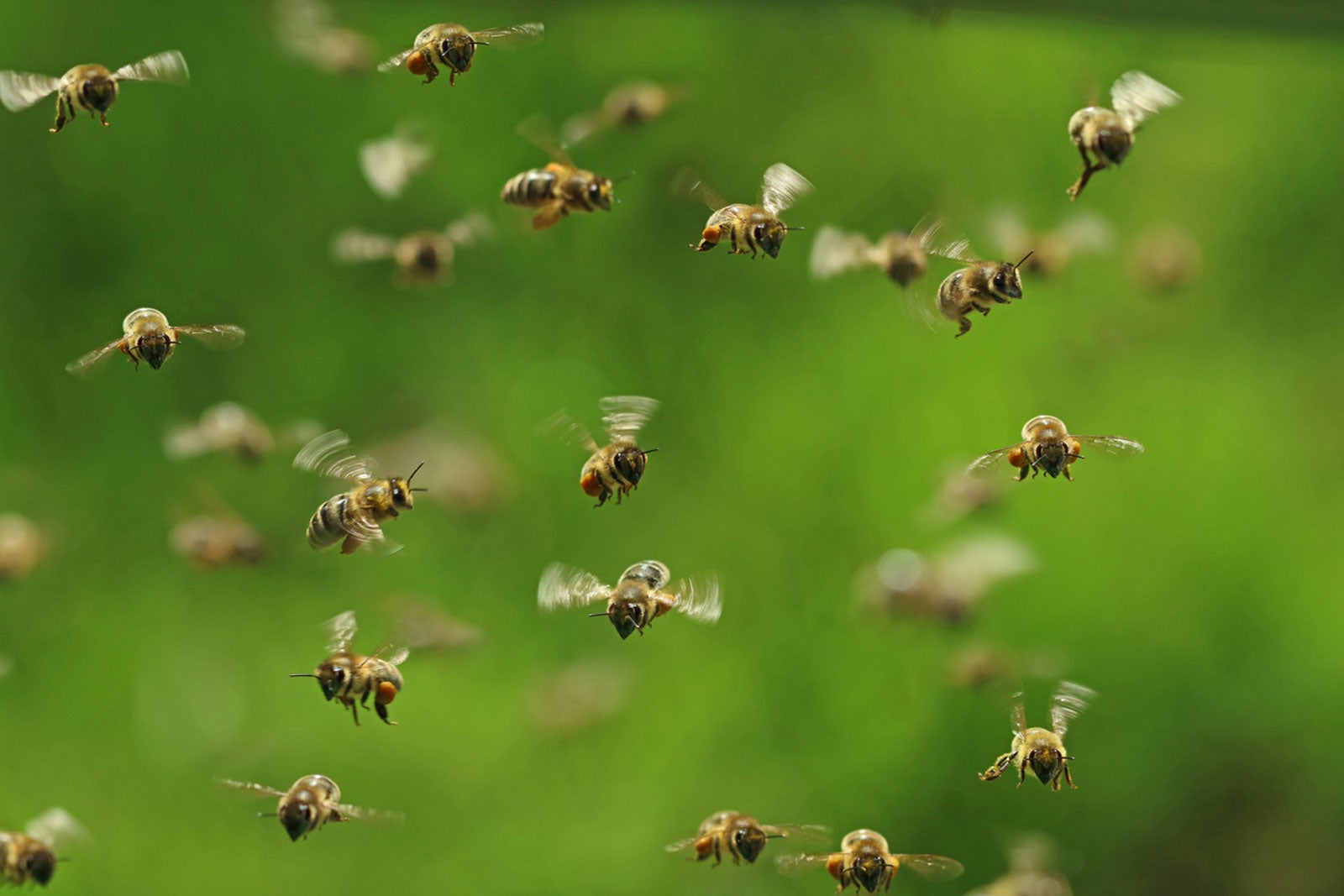Flowers Toxic To Bees: What Plants Are Poisonous To Bees


Bees need flowers and plants need bees for pollination. A bee-friendly garden is a great way to support the population of these pollinators, which is dangerously declining. Did you know that not all flowers are good for bees though? There are actually flowers harmful to bees. There are some “safe plants” that are better than others. Know the differences to ensure a bee-safe garden.
What Plants are Poisonous to Bees?
Believe it or not, there are flowers that are bad for bees. They cannot feed randomly on just any type of flower. Here are some examples of poisonous plants for bees:
- Carolina jessamine: This is a woody vine also known as yellow jessamine. It is found mostly in the southeastern U.S.
- Summer titi: Also called southern leatherwood or American cyrilla, summer titi should not be confused with spring titi, which is fine for honeybees.
- Mountain laurel: The mountain laurel is a pretty flowering tree that is found all across the eastern U.S.
- Rhododendron: A flowering shrub, rhododendron is widespread in the U.S., especially in forested areas.
- California buckeye: A common landscaping choice in California, this buckeye tree is toxic to honeybees.
Remember, avoiding these known flowers harmful to bees will help to ensure you have the most beneficial bee-safe garden possible.
How to Choose Flowers to Support Bees
It is important to consider flowers toxic to bees when planning your flower beds. Also consider that among those nontoxic, there are some choices better than others. For instance, you may not realize that bees don’t see red colors well. They will rarely feed on red flowers because of this. Choosing blue, white, and purple flowers helps to attract the most bees.
Furthermore, choose flowers that are native to your area. This will help attract native bees and support the local population. Non-native species may not produce flowers that your local bees can feed on or benefit from. Use a variety of flower shapes as well. Different types of bees are able to feed on certain shapes based on the lengths of their tongues. For instance, if you have all long, trumpet-shaped flowers, your short-tongued local bees will be out of luck.
Bees tend to stick with one type of flower throughout a day of feeding, therefore, plant your bee-friendly flowers in large clumps. This will give them a big area in which to feed. Make sure you plan for flowers that will provide successive blooming so that bees can feed throughout the season.
Sign up for the Gardening Know How newsletter today and receive a free copy of our e-book "How to Grow Delicious Tomatoes".

Mary Ellen Ellis has been gardening for over 20 years. With degrees in Chemistry and Biology, Mary Ellen's specialties are flowers, native plants, and herbs.